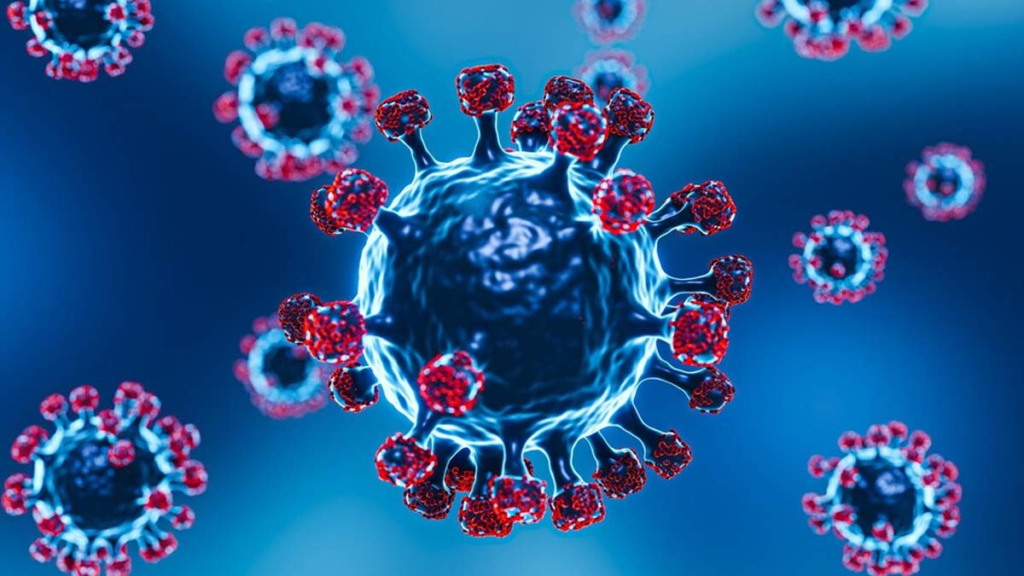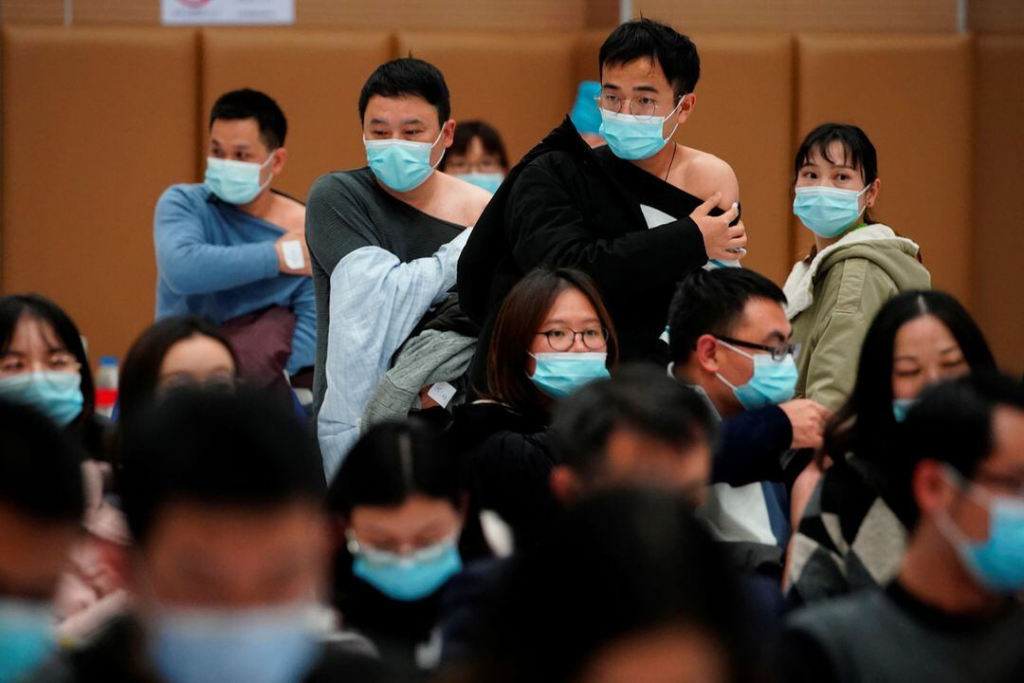A new COVID-19 variant, JN.1, has been identified as highly transmissible and evasive, raising concerns among health experts. The variant is wreaking havoc on global health and education systems, highlighting the importance of remaining vigilant.
The menace of COVID-19 variant JN.1 : Overview
As the world embraces the arrival of a new year, a daunting challenge looms on the horizon – the emergence of the COVID-19 variant JN.1. This sub-variant of the Omicron lineage has triggered alarm bells globally, propelled by its rapid spread. The repercussions of JN.1 are felt across continents, with over 25% of all SARS-CoV infections worldwide attributed to this new variant. Disturbingly, it accounts for more than 50% of all infections in the United States and a staggering 70% in Singapore.
ALSO READ : Zambia Faces Looming Food Security Crisis : Rising Inflation And Poor Agricultural Management

JN.1 : The new threat
JN.1 first surfaced in the United States in September, swiftly ascending to become the dominant strain of the virus in the country. Recent weeks have witnessed an alarming trend, with JN.1 responsible for over 40% of new infections. Despite a global reduction in testing efforts, there is a noticeable uptick in corona virus case numbers, prompting health authorities to advocate for the reintroduction of social distancing measures during New Year celebrations. Compounding concerns, individuals with co-morbidities or lung damage from previous waves may be more susceptible to the new variant.

Impact and symptoms
The severity of symptoms associated with JN.1 varies, contingent on underlying health conditions. Notably, this variant is linked to symptoms like anxiety and trouble sleeping, in addition to the more common signs such as runny nose, cough, headache, weakness, fatigue, and muscle aches. Reports from the United Kingdom underscore anxiety and insomnia as distinctive features of JN.1 infections, even as reports of altered taste and smell decline.

Education and long COVID
While the world grapples with the impact of JN.1 on public health, the COVID-19 pandemic continues to cast a long shadow over education. Children worldwide face significant learning setbacks due to pandemic-induced disruptions. Adding to the complexity is the phenomenon of ‘Long COVID,’ where persistent health issues follow an initial corona virus infection. The prevalence and range of symptoms associated with Long COVID raise critical questions about its implications for the education sector.

JN.1, the latest mutation of the SARS-CoV-2 virus, poses a threat to individuals of all ages, with certain groups potentially facing more severe outcomes. The key to managing the spread of the variant lies in early diagnosis and intervention, coupled with appropriate care. As we step into 2023, the COVID-19 virus persists as a formidable challenge to global health and education systems. This underscores the imperative for sustained vigilance and adaptive strategies to navigate the uncertainties posed by emerging variants and their impact on our collective well-being.

Conclusion
In conclusion, the emergence of the JN.1 variant serves as a stark reminder that the battle against COVID-19 is far from over. Its rapid transmission, unique symptoms, and potential implications for those with pre-existing health conditions underscore the critical importance of ongoing public health measures. Moreover, the profound impact on education, with children facing enduring setbacks and the specter of ‘Long COVID’ lingering, necessitates a holistic and proactive approach.

As we confront these challenges in 2023, it becomes evident that our collective resilience and adaptability will play a pivotal role in overcoming the hurdles posed by the virus. Vigilance, early intervention, and a commitment to understanding the evolving nature of the pandemic will be paramount in safeguarding both global health and education systems.
To explore more news : Click Here
ALSO READ : The Success Story Of Two Best Friends : Acing JEE Main To Cracking CAT 2023




































